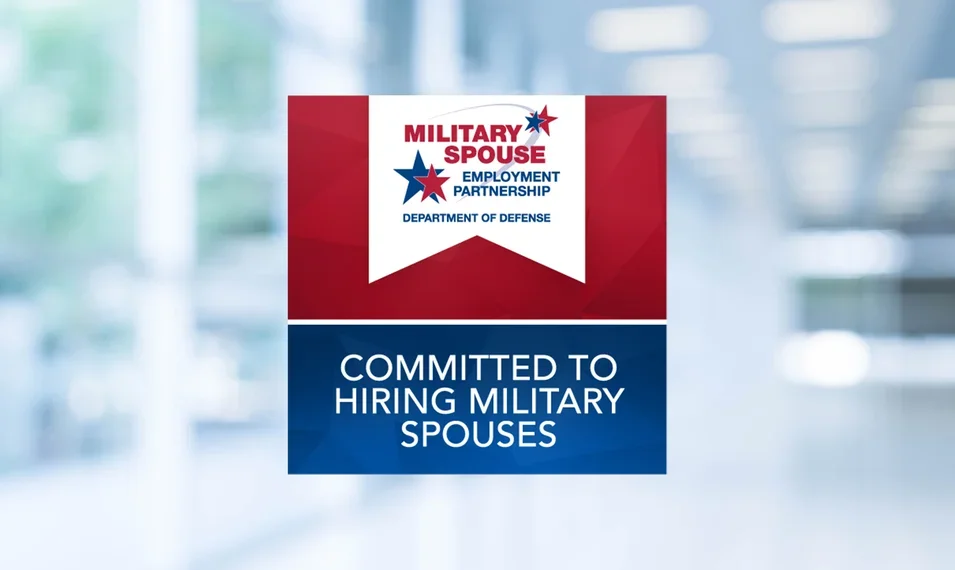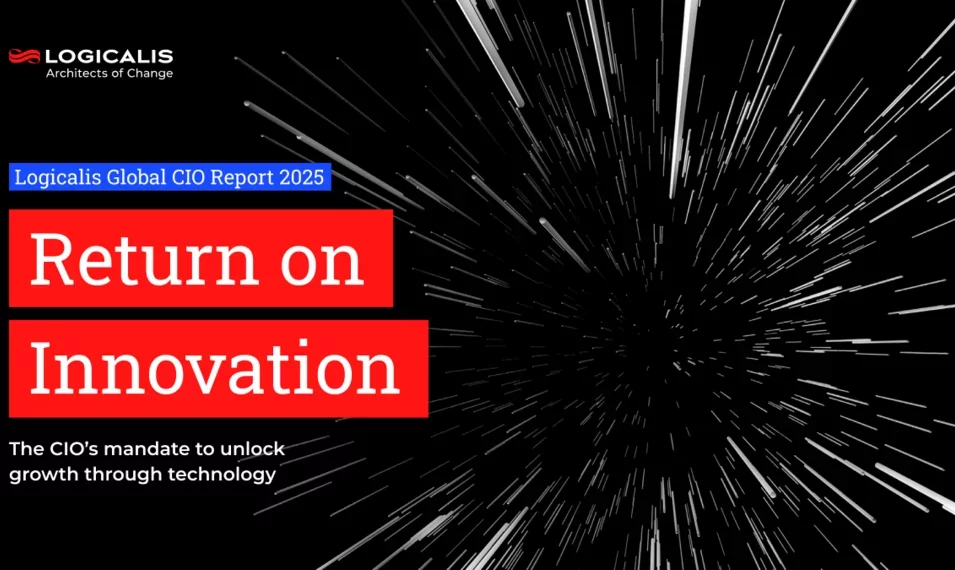News Insights

USA , Jun 29, 2025
Logicalis reaches carbon-neutral milestone on its journey to Net Zero
This achievement marks a significant milestone in the company’s journey to reach its SBTi-validated goals.

USA , Jun 6, 2025
Logicalis US Honored as North America Rising Star Partner of the Year at Dell Technologies World 2025
The Partner of the Year Awards honor companies that showcase excellence that aligns with Dell Technologies’ core values and business strategy.

USA , May 27, 2025
Logicalis US Named to CRN Solution Provider 500 List for 2025 for Ninth Year
The annual list recognizes North America's largest solution providers by revenue and serves as a prominent benchmark of leading IT services companies.

USA , May 12, 2025
CRN Honors 6 Logicalis Leaders as Women of the Channel for 2025
Andrea Marin, Jessica Soqui, Alison Bartalino, Melissa Hooker, Michelle Baran and Carrie Grimsley recognized for their key channel successes.

USA , Apr 29, 2025
Logicalis 2025 CIO Report: CIOs say security systems not delivering value and too complex to manage
Tech leaders report security solutions are not delivering value for money as tools go unused

USA , Apr 10, 2025
Logicalis Joins Military Spouse Employment Partnership (MSEP)
The partnership is part of a US Department of Defense initiative that connects military spouses with partner employers committed to recruiting, hiring, promoting, and retaining military spouse talent.

USA , Mar 17, 2025
Logicalis 2025 CIO Report: CIOs under pressure to deliver a return on innovation
Logicalis launches annual report based on insights from 1,000 CIOs globally; Many are exploring how emerging technologies can drive growth, despite 64% acknowledging investments have yet to deliver returns.

USA , Mar 17, 2025
Logicalis US Named to CRN’s Tech Elite 250 for 2025
Logicalis US today announced that CRN, a brand of The Channel Company, has recognized the leading global technology service provider its 2025 Tech Elite 250 list

USA , Feb 10, 2025
Logicalis US Named to CRN’s MSP 500 List for 2025
Leading managed service provider makes list for 12th consecutive year

